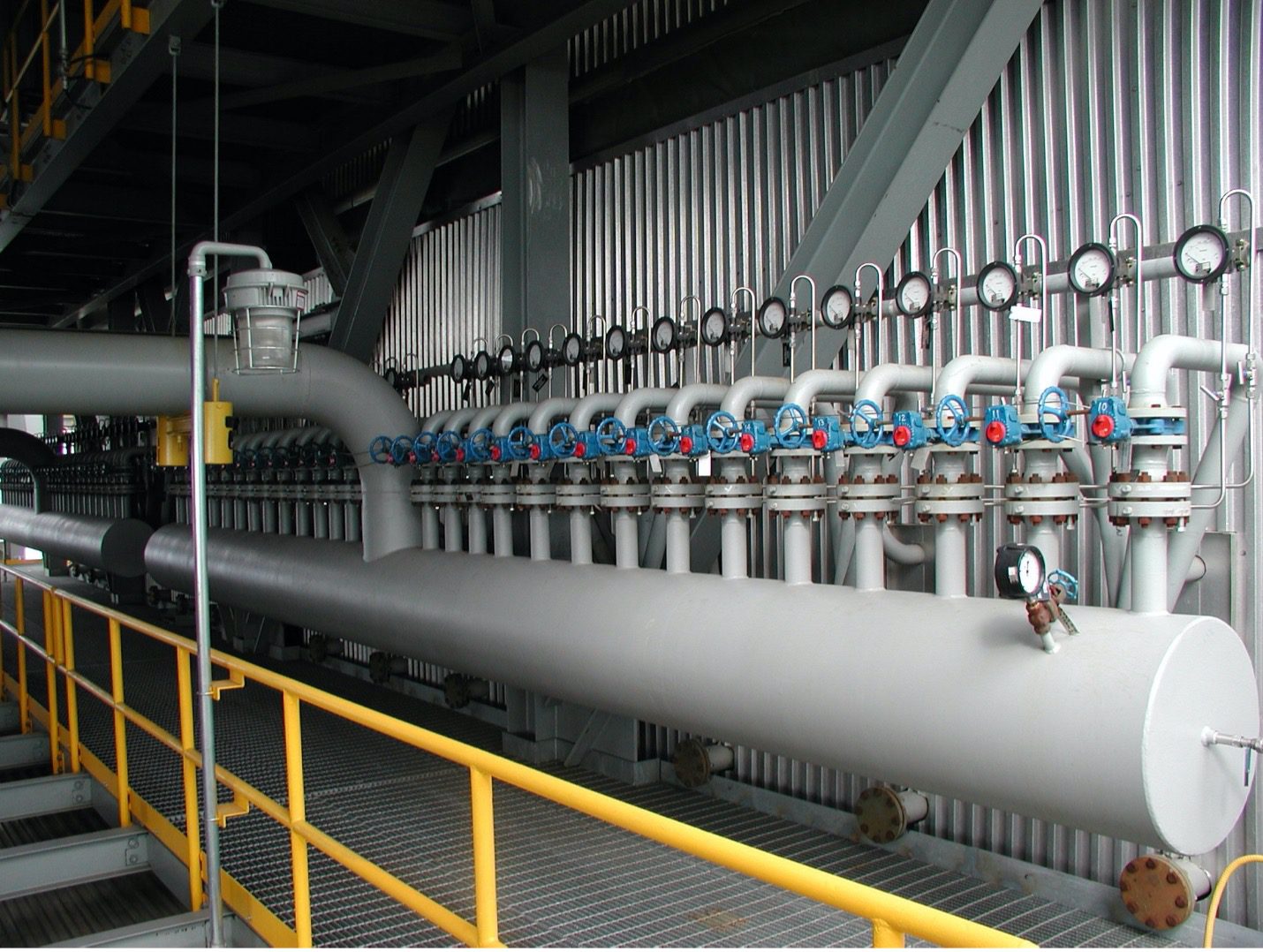
Accuracy is a critical factor to consider when selecting a pressure gauge. While accuracy is not a difficult notion to grasp—it is just the degree to which a reading adheres to the proper value. Regrettably, many people find the method of assessing gauges for accuracy confusing. People should understand how these gauge manufacturers grade accuracy to ensure that the pressure gauge accuracy meets their application’s accuracy requirements. These manufacturer grades are frequently used more frequently than absolute accuracy. There are two sets of standards that specify the differential pressure accuracy grades: ASME B40.1 provides the accuracy grades for dial gauges, and ASME B40.7 defines the accuracy grades for digital gauges.
When addressing the accuracy of pressure gauges, the following points are critical:
Differential pressure gauge – Differential pressure gauges are used to determine the difference in pressure between two points. Dp gauge accuracy is ideal for monitoring filter contamination, level measurement in closed containers, overpressure monitoring in clean rooms, gaseous and liquid media flow measurement, and pump plant management.
Certain conditions must be met for to determine pressure gauge accuracy. These conditions are 73.4°F (23°C) and 29.92 in Hg of barometric pressure (1013 bar). When these are not present, the accuracy of the gauge can be compromised.
Accuracy is expressed as a percentage of the span or the specified reading percentage. Percentage of the span is the most often used approach, with the percent of displayed reading being reserved for high-resolution gauges or precision test gauges. Accuracy expressed as a percentage of span indicates that a gauge reading 100 psi with a 2% accuracy is precise to within two psi regardless of whether the gauge is showing one psi or 100 psi. To put it another way: A gauge with 0.1% accuracy showing 100 psi is accurate to one-tenth of a psi, while a gauge with 0.5% accuracy showing the same pressure is accurate to one-fifth of a psi.
To determine accuracy, some grades of accuracy break down the range of the gauge into quartiles. Quartiles are used because some pressure gauges are more accurate in the middle of their range than in the first or last quartiles. In other words, an accurate 100-psi gauge can measure pressures between zero and 25 pounds per square inch (psi) with an accuracy of 2% of the span.
What Level of Accuracy Do You Need?
Accuracy of the gauge is one of the criteria for selecting the best gauge for your use. There is always a price to pay for accuracy. The more precise the gauge, the more expensive it is. Inaccuracy can cost much more if the finished product’s quality degrades. When calculating your accuracy requirements, the most critical factors to consider are the engineering needs of your process and the applicable legislation. So, as a starting point, consider the following industry guidelines.
- Test Gauges and Standards: Accuracy ranges from 0.25 percent to 0.10 percent at full scale.
- Critical Processes: 0.5 percent accuracy at full scale
- Commercial Processes That Are Not Critical: 2.0% precision
- General Industrial Processes:1% precision
What about ±3-2-3% of Span Accuracy?
Gauges often display their accuracy as a grade, such as B or 2A, or as ±3-2-3% of span accuracy. These ratings are based on two charts frequently referred to as the industry standard for gauge accuracy grading: ASME B40.1 for dial-type pressure gauges and ASME B40.7 for digital pressure gauges.
How do Grades and Spans Differ?
The grades are abbreviations for the accuracy span assigned to each grade. The percentage of accuracy span is calculated over the gauge’s whole range. Thus, 1% of a 100psi gauge is 1psi, and 3% of a 300psi gauge equals 9psi. The lower the accuracy value, the more precise the reading.
Lastly, it’s critical to match a gauge’s parameters to the purpose for which it is intended. Installing a gauge with insufficient accuracy can result in inaccurate measurement data, whereas installing a pressure gauge with too much accuracy increases the gauge’s procurement, calibration, and maintenance expense. To learn more about gauge applications and accuracy, contact the experts at Mid-West Instrument today.

